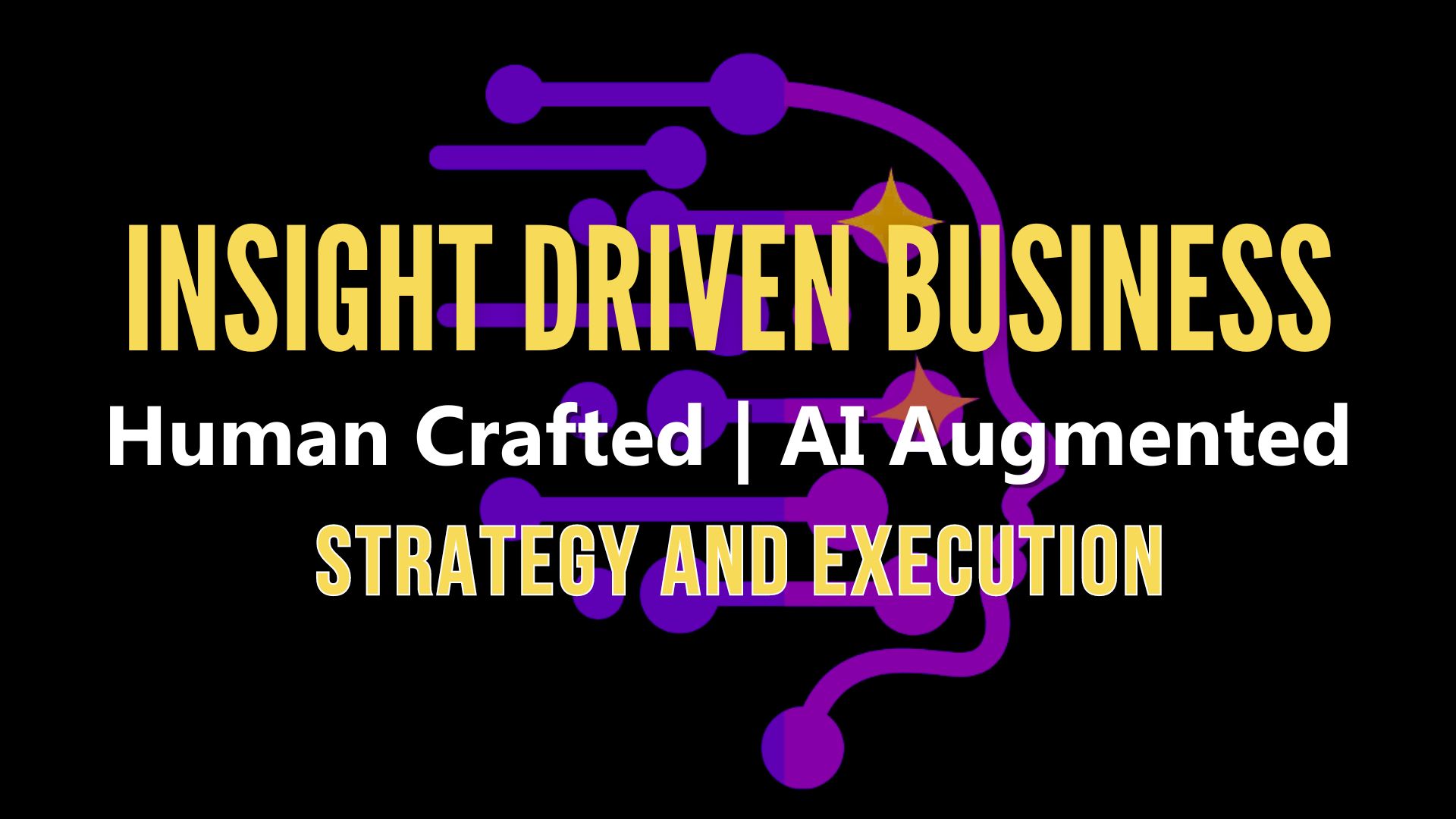Good To Great by Jim Collins
“Good to Great” by Jim Collins
“Good to Great” by Jim Collins is a research-based book that explores how companies transition from being good to achieving greatness, and why some companies fail to make the leap. Collins and his research team conducted a comprehensive study to identify the underlying principles that allow some organizations to make this transition.
The Research Process
- Selection of Companies: The study began with 1,435 companies, narrowing down to 11 that demonstrated a significant improvement in performance, as measured by cumulative stock returns at least three times the market over fifteen years[1][2][3].
- Comparison Groups: Each good-to-great company was compared with similar companies that did not make the leap or could not sustain it[2][6].
- Data Analysis: The research involved analyzing financial data, conducting interviews, and reviewing various company documents to understand the factors contributing to the transformation[3].
Key Concepts of the Transformation
- Level 5 Leadership: Leaders who are humble yet driven by the will to achieve greatness for the company, not for personal fame[2][3][6].
- First Who, Then What: Getting the right people on the team before deciding on the direction to take[1][6].
- Confront the Brutal Facts: Acknowledging the current reality of the company while maintaining faith in the eventual success[1][2].
- The Hedgehog Concept: Understanding what the company can be the best at, what drives its economic engine, and what its people are deeply passionate about[3].
- Culture of Discipline: Creating an environment where disciplined people take disciplined action, aligned with the company’s Hedgehog Concept[1][4].
- Technology Accelerators: Using technology thoughtfully to accelerate growth, not as the primary driver of change[1].
- The Flywheel: Building momentum through a series of consistent actions that build upon each other, leading to a breakthrough[1][6].
The Good-to-Great Framework
The framework consists of three stages:
- Disciplined People: Involves Level 5 Leadership and getting the right people on the bus[6].
- Disciplined Thought: Encompasses confronting the brutal facts and the Hedgehog Concept[6].
- Disciplined Action: Includes a culture of discipline and the judicious use of technology[6].
The concept of “The Flywheel” encapsulates the entire model, illustrating how the cumulative effect of the efforts leads to a breakthrough[6].
Impact of the Principles
Collins suggests that these principles not only apply to companies but can also be relevant to individuals and other types of organizations. The idea is that greatness is attainable by anyone willing to apply these disciplined approaches to their work and life[3][4].
Conclusion
“Good to Great” provides a clear and actionable blueprint for organizations aiming to transition from mediocrity to excellence. The book emphasizes that this transformation requires a combination of disciplined people, thought, and action, underpinned by a strong and humble leadership[1][2][3][4][6].
Citations: [1] https://www.runn.io/blog/good-to-great-summary [2] https://theleadershipsphere.com.au/insights/book-summary-good-to-great-by-jim-collins/ [3] https://www.jimcollins.com/article_topics/articles/good-to-great.html [4] https://www.oberlo.com/blog/good-to-great [5] https://www.youtube.com/watch?v=LmNUfGT2XMY [6] https://rickkettner.com/good-to-great-book-summary/
The 5 Levels of Leadership
Jim Collins describes a hierarchy of leadership capabilities in his book “Good to Great,” which he refers to as the 5 Levels of Leadership. These levels are a framework for understanding leadership development over time. Here’s how they might be displayed in the context of a small business:
Level 1: Highly Capable Individual
- Characteristics: Demonstrates talent, knowledge, skills, and good work habits.
- Small Business Application: An employee or owner who is proficient in their role, delivers quality work consistently, and is reliable in their tasks.
Level 2: Contributing Team Member
- Characteristics: Contributes to the achievement of group objectives and works effectively with others in a group setting.
- Small Business Application: Team members who collaborate well, support their colleagues, and help the business meet its goals through teamwork.
Level 3: Competent Manager
- Characteristics: Manages resources effectively to achieve predetermined objectives.
- Small Business Application: A manager or team leader who organizes the business’s resources, be it time, money, or materials, to ensure operations run smoothly and targets are met.
Level 4: Effective Leader
- Characteristics: Exhibits a clear vision and higher performance standards, rallying people to achieve the vision.
- Small Business Application: The business owner or a senior manager who sets a clear direction for the company, inspires employees, and drives the business towards greater achievements.
Level 5: Level 5 Executive
- Characteristics: Builds enduring greatness through a paradoxical blend of personal humility and professional will.
- Small Business Application: A leader who puts the long-term interests of the business and its employees above their own ego, who leads by example, and who is determined to make the business succeed beyond their own tenure.
Display of Leadership in a Small Business
In a small business, these levels of leadership might be less hierarchical and more fluid due to the smaller size of the organization. For example:
- A Level 1 employee might also take on Level 2 roles by contributing ideas in team meetings or helping colleagues with their workload.
- A Level 3 manager in a small business might also be the owner, who not only manages resources but also provides the vision as a Level 4 leader.
- A Level 5 leader in a small business context might be a founder who remains deeply involved in the community, mentors employees, and ensures that the business continues to thrive without their direct involvement.
In small businesses, individuals often wear multiple hats, and leadership can be more dynamic. The key is that each level provides a foundation for the next, and leaders can evolve from one level to another as they grow personally and professionally.

We are committed to empowering small businesses successfully navigate the intersection of AI and human innovation.
Company
AI Enhanced Strategy
AI Implementations
AI Business Applications
AI Automations
Contact
Assist@InsightDriven.Business
(858) 800-2304
4455 Murphy Canyon Rd. #145
San Diego, CA 92124
